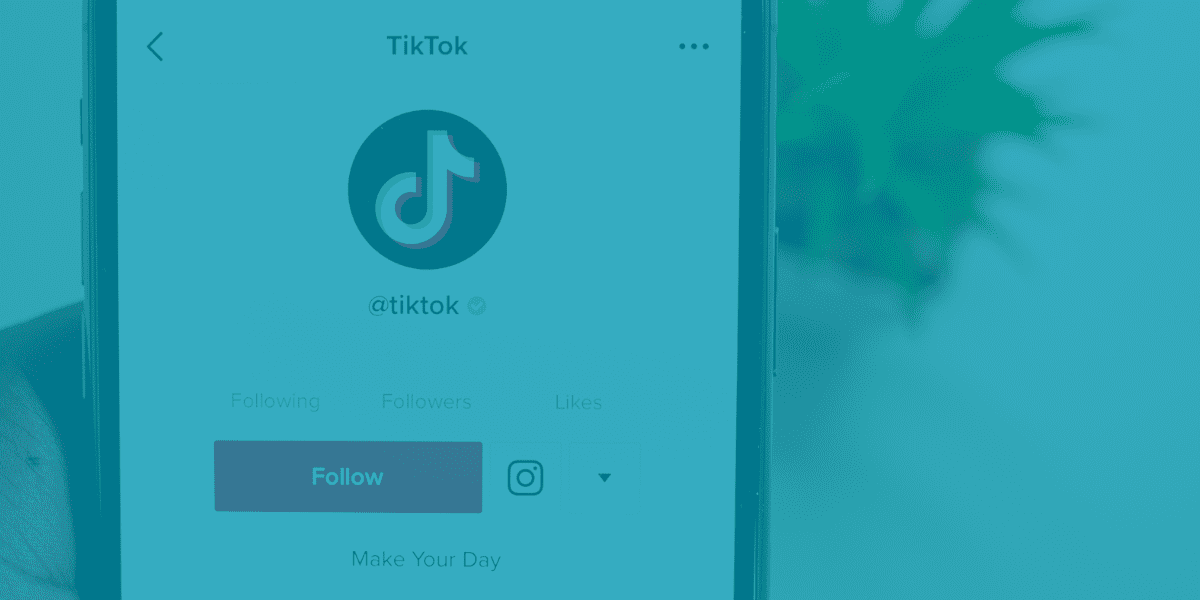In the world of digital marketing, few tools spark as much debate as popups. You’ve probably encountered them yourself—those little windows that suddenly appear on your screen asking for your email, promoting a sale, or reminding you of items left in your cart. While some users find them intrusive, others appreciate the timely information or incentives they provide. So, are popups useful or annoying? The answer lies in how they are implemented. When done correctly, popups, sticky bars, and interstitials can be incredibly effective tools for driving engagement and conversions.
The Case for Popups
Popups have a long history in online marketing, initially designed to capture users’ attention and drive action. Despite their controversial nature, well-designed popups can be highly beneficial for websites. Popups are excellent for capturing leads. By offering a discount or free resource in exchange for an email address, businesses can build their mailing lists and nurture potential customers through targeted email campaigns.
Popups can also highlight special promotions or discounts that users might otherwise miss. This is particularly effective during sales events or product launches, driving immediate action and boosting sales. One of the most significant advantages of popups is their ability to remind users of items left in their cart. Exit-intent popups, which appear when a user is about to leave the site, can offer a discount or simply remind them of the items they were considering, thus reducing cart abandonment rates. According to a study by Sumo, the top-performing popups have a conversion rate of 9.28%, demonstrating their potential when used strategically.
Best Practices for Popups
To leverage the power of popups without annoying your visitors, it’s crucial to follow some best practices.
Design and Timing
First, ensure your popups are visually appealing and non-intrusive. A well-designed popup should complement your website’s aesthetics rather than disrupt the user experience. Additionally, avoid bombarding users with popups. Set them to appear after a certain amount of time on the site or when a user scrolls down a specific percentage of the page. Limiting the frequency of popups for returning visitors can also prevent annoyance.
Targeting and Personalization
Tailor popups to different user segments based on their behavior and preferences. Personalized messages are more likely to resonate with users and drive action. Customize the content of your popups to align with the user’s journey on your site. For example, offer product recommendations based on their browsing history.
A/B Testing
Continuously test different designs, messages, and triggers to find what works best for your audience. A/B testing allows you to optimize your popups for maximum effectiveness.
Sticky Bars and Interstitials
Beyond traditional popups, other on-site marketing tools like sticky bars and interstitials can also enhance user engagement when applied thoughtfully.
Sticky Bars
Sticky bars are small banners that stay at the top or bottom of the webpage as the user scrolls. They are perfect for highlighting ongoing promotions, capturing email subscriptions, or providing important updates. For instance, a sticky bar can promote free shipping offers or provide a gentle reminder to sign up for a newsletter without disrupting the user experience.
Interstitials
Interstitials are full-screen ads that appear between content pages. They can be effective for capturing user attention, especially on mobile devices, but must be used sparingly to avoid frustrating users. Interstitials can be problematic if they hinder navigation, especially on mobile devices. Ensuring they are easy to close and relevant to the user’s interests can mitigate these issues.
Other On-Site Marketing Tactics
While popups, sticky bars, and interstitials are powerful tools, other on-site marketing tactics can also be effective when used with finesse.
In-Line Forms
In-line forms are embedded within the content of a webpage, allowing users to sign up for newsletters or download resources without leaving the page. They offer a seamless way to capture leads. To be effective, keep forms short and straightforward. Only ask for essential information to reduce friction and increase completion rates.
Exit-Intent Popups
Exit-intent popups detect when a user is about to leave the site and trigger a popup to capture their attention one last time. They can be highly effective for reducing bounce rates and recovering potential leads. Offer a compelling reason for the user to stay, such as a discount code or valuable content. Ensure the popup is easy to close if the user chooses not to engage.
Live Chat and Chatbots
Live chat and chatbots provide real-time assistance to users, improving their experience and increasing the likelihood of conversion. Implement live chat to address common questions and concerns quickly. Ensure chatbots are programmed to handle basic inquiries and escalate more complex issues to human agents.
Integrating Popups with Overall Strategy
For popups and other on-site marketing tactics to be truly effective, they must align with your overall marketing goals and strategy.
Ensure your popups and other on-site tools are consistent with your brand’s messaging and objectives. They should complement your broader marketing efforts rather than feel like isolated elements. Popups should work harmoniously with other marketing channels, such as email campaigns and social media promotions, to create a cohesive user experience.
Track important metrics such as conversion rates, click-through rates, and bounce rates to evaluate the effectiveness of your on-site marketing tactics. Use the data gathered from these metrics to make informed adjustments and continuously optimize your approach.
Using Popups on Your Site
Popups, sticky bars, and interstitials can be powerful tools for driving engagement and conversions when used correctly. While they have the potential to annoy users, adhering to best practices in design, timing, targeting, and testing can transform them into valuable assets. Additionally, incorporating other on-site marketing tactics like in-line forms, exit-intent popups, and live chat can further enhance the user experience and support your marketing goals. By integrating these tools thoughtfully and measuring their success, you can maximize their benefits and create a more engaging and effective online presence.
So, the next time you consider using a popup or similar tool, remember that with a bit of finesse, they can indeed be more useful than annoying. Ready to optimize your on-site marketing strategy? Reach out to the team at Well-Oiled Marketing and discover how we can help you make the most of these powerful tools.






























































































